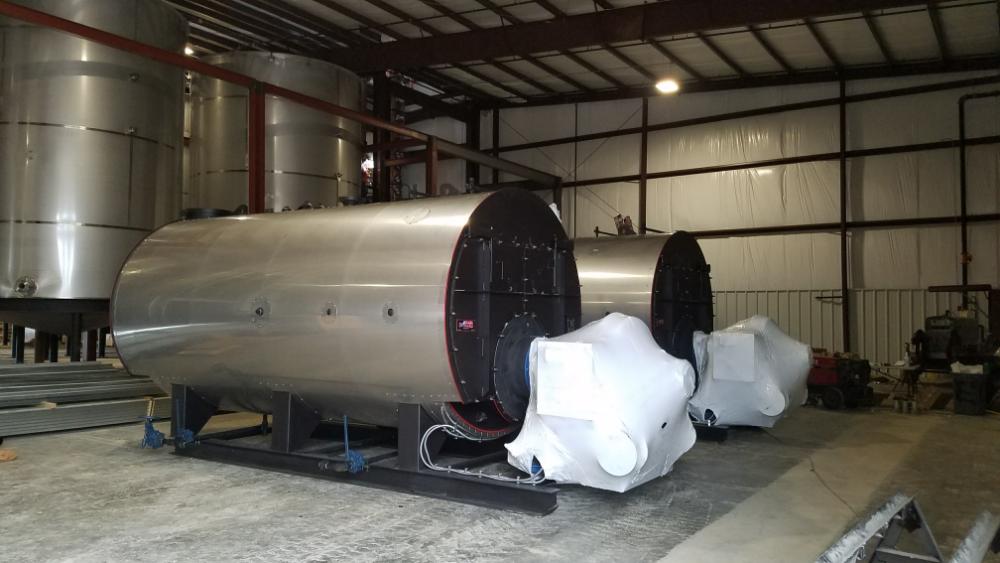Blowdown Solenoid Valve Overview: Their Many Uses
06-02-25

Industrial operations across various sectors rely on precise control systems to maintain safety, efficiency, and regulatory compliance. Among the critical components that enable this control, the blowdown solenoid valve stands out as an essential safety and operational device. These specialized valves play a crucial role in pressure relief, system protection, and process optimization across multiple industries.
Understanding Blowdown Solenoid Valves
A blowdown solenoid valve is an electrically operated valve designed to rapidly release pressure from vessels, pipelines, or systems when specific conditions are met. Unlike traditional manual blowdown valves, these solenoid-operated units provide automated, precise control through electrical signals from control systems, sensors, or emergency shutdown sequences.
The fundamental design combines the reliability of solenoid actuation with the rapid response characteristics required for effective pressure relief. When energized, the solenoid creates a magnetic field that moves the valve’s internal mechanism, allowing for quick opening or closing as dictated by system requirements.
Key Applications Across Industries
Oil and Gas Operations
In upstream, midstream, and downstream oil and gas facilities, blowdown solenoid valves serve multiple critical functions. These valves enable emergency depressurization of vessels and pipelines during maintenance, emergency situations, or routine operational procedures. During pipeline pig operations, these valves help control pressure differentials and ensure safe passage of cleaning or inspection tools.
Refineries particularly benefit from blowdown solenoid valve implementation in their process units, where rapid pressure relief capabilities are essential for safe operation and equipment protection. The valves integrate seamlessly with distributed control systems (DCS) and safety instrumented systems (SIS) to provide automated responses to abnormal operating conditions.
Power Generation
Power plants, whether fossil fuel, nuclear, or renewable energy facilities, require sophisticated pressure management systems. Blowdown solenoid valves in these applications help manage boiler systems, steam lines, and cooling circuits. The ability to remotely actuate these valves provides operators with precise control over system pressures while maintaining safety margins.
In combined cycle power plants, these valves assist in managing the complex pressure relationships between gas turbines and steam turbines, ensuring optimal efficiency and safe operation during various load conditions.
Chemical Processing
Chemical and petrochemical facilities face unique challenges related to hazardous materials and complex process conditions. Blowdown solenoid valves in these environments must withstand corrosive media while providing reliable operation under extreme conditions. These valves enable safe maintenance procedures, emergency response protocols, and routine process control.
The automation capabilities of solenoid-operated blowdown valves prove particularly valuable in chemical processing, where human intervention in hazardous areas should be minimized. Remote operation capabilities allow operators to manage pressure relief from safe control room locations.
Water and Wastewater Treatment
Municipal and industrial water treatment facilities utilize blowdown solenoid valves for various applications, including filter backwashing, membrane cleaning, and pressure vessel maintenance. The precise control offered by these valves helps optimize treatment processes while reducing water waste and energy consumption.
Technical Advantages and Benefits
The implementation of blowdown solenoid valves offers several distinct advantages over manual alternatives. Response time represents perhaps the most significant benefit, with solenoid actuation enabling valve operation in milliseconds rather than the minutes required for manual intervention.
Integration capabilities with modern control systems allow for sophisticated automation strategies, including cascaded pressure relief sequences, time-delayed operations, and coordinated responses across multiple systems. This integration enhances both safety and operational efficiency while reducing the potential for human error.
Maintenance benefits include reduced wear on valve components due to consistent, controlled actuation forces. Unlike manual valves that may experience varying torque applications, solenoid-operated valves provide repeatable actuating forces that extend component life and improve reliability.
Selection Considerations
Proper blowdown solenoid valve selection requires careful evaluation of several critical parameters. Operating pressure and temperature ranges must align with system requirements, while flow capacity calculations ensure adequate relief capabilities for specific applications.
Material selection becomes particularly important in corrosive or high-temperature environments. Valve body materials, seal compounds, and internal components must withstand the intended service conditions while maintaining reliable operation over extended periods.
Electrical considerations include voltage requirements, explosion-proof certifications for hazardous locations, and compatibility with existing control systems. Many industrial applications require valves certified for use in classified electrical areas, necessitating appropriate enclosure ratings and safety certifications.
Installation and Maintenance Best Practices
Successful blowdown solenoid valve implementation begins with proper installation procedures. Adequate piping support, appropriate downstream piping configurations, and proper electrical connections ensure optimal performance and longevity.
Regular maintenance programs should include periodic testing of solenoid function, inspection of sealing surfaces, and verification of control system integration. Predictive maintenance techniques, including vibration analysis and thermal imaging, can identify potential issues before they impact system operation.
Documentation of maintenance activities, testing results, and operational parameters provides valuable data for optimizing valve performance and planning future maintenance activities.
Future Trends and Innovations
The evolution of blowdown solenoid valve technology continues to focus on enhanced reliability, improved diagnostics, and better integration with digital control systems. Smart valve technologies incorporating sensors and communication capabilities enable real-time monitoring of valve condition and performance.
Advanced materials and coating technologies extend valve life in challenging service conditions, while improved actuator designs enhance response times and reduce power consumption. These innovations support the broader industrial trend toward more efficient, reliable, and sustainable operations.
Contact Everlasting Valve today to discuss your project requirements.